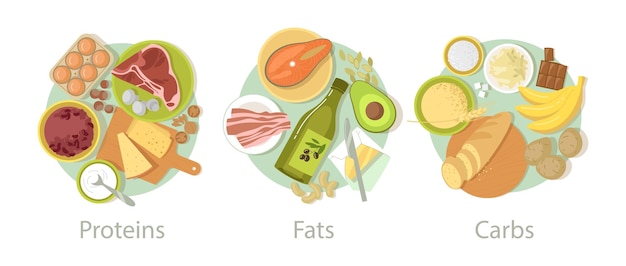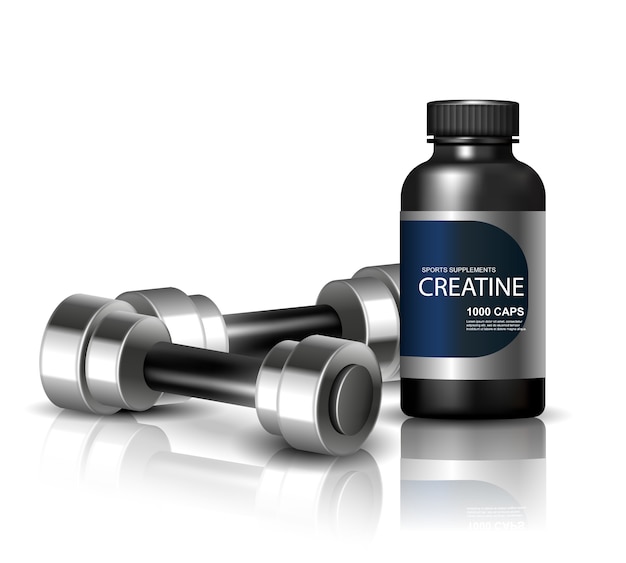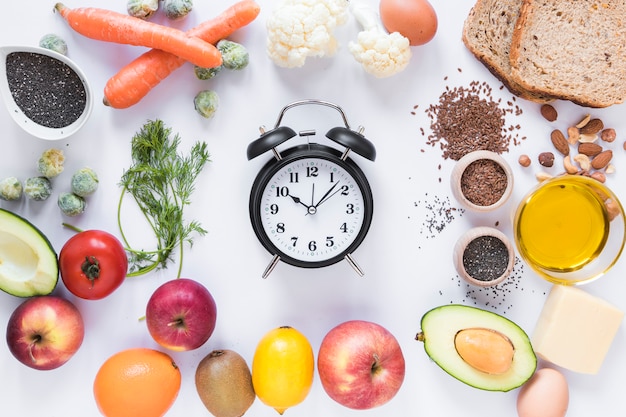As men age, maintaining energy, muscle mass, and overall health becomes more challenging. After 50, metabolism slows, hormone levels shift, and the risk of chronic conditions like heart disease and type 2 diabetes increases. One of the most effective, science-backed ways to stay strong and healthy is macro tracking — monitoring your intake of proteins, fats, and carbohydrates. The best part? You can do it in just 18 minutes a day.
This guide breaks down how to start macro tracking with minimal effort, includes weekly targets, practical tips, and essential safety reminders tailored specifically for men over 50.
Macronutrients — protein, fats, and carbohydrates — are the primary sources of energy in your diet. Tracking them helps you understand what you're eating and ensures your body gets the right balance to support energy, muscle retention, heart health, and metabolic function.
For men over 50, proper macro balance can help manage weight, reduce visceral fat, maintain lean muscle, and support hormonal health — all critical for longevity and vitality.

You don’t need hours to track macros. Here’s a realistic daily plan that takes just 18 minutes:
Your ideal macros depend on activity level, health goals, and body composition. Here’s a general guideline for a 180–200 lb man:
| Macronutrient | Daily Target | Weekly Focus |
|---|---|---|
| Protein | 1.6–2.2g per kg of body weight | Support muscle retention |
| Fats | 25–35% of daily calories | Support hormone health |
| Carbohydrates | Remaining calories | Fuel energy & digestion |
Example: For a 190 lb (86 kg) man aiming for 2,200 calories/day:

While macro tracking is safe for most, men over 50 should consider these precautions:
Macro tracking doesn’t have to be complicated or time-consuming. With just 18 minutes a day, men over 50 can take control of their nutrition, boost energy, preserve muscle, and support long-term health. Start small, stay consistent, and let the data guide your progress — not your self-worth.
By focusing on balance, whole foods, and sustainable habits, you’re not just tracking macros — you’re building a healthier future.

Health

Health

Health

Health

Health

Wellness

Health

Fitness

Health

Wellness

Wellness
Health

Health

Fitness

Health

Health